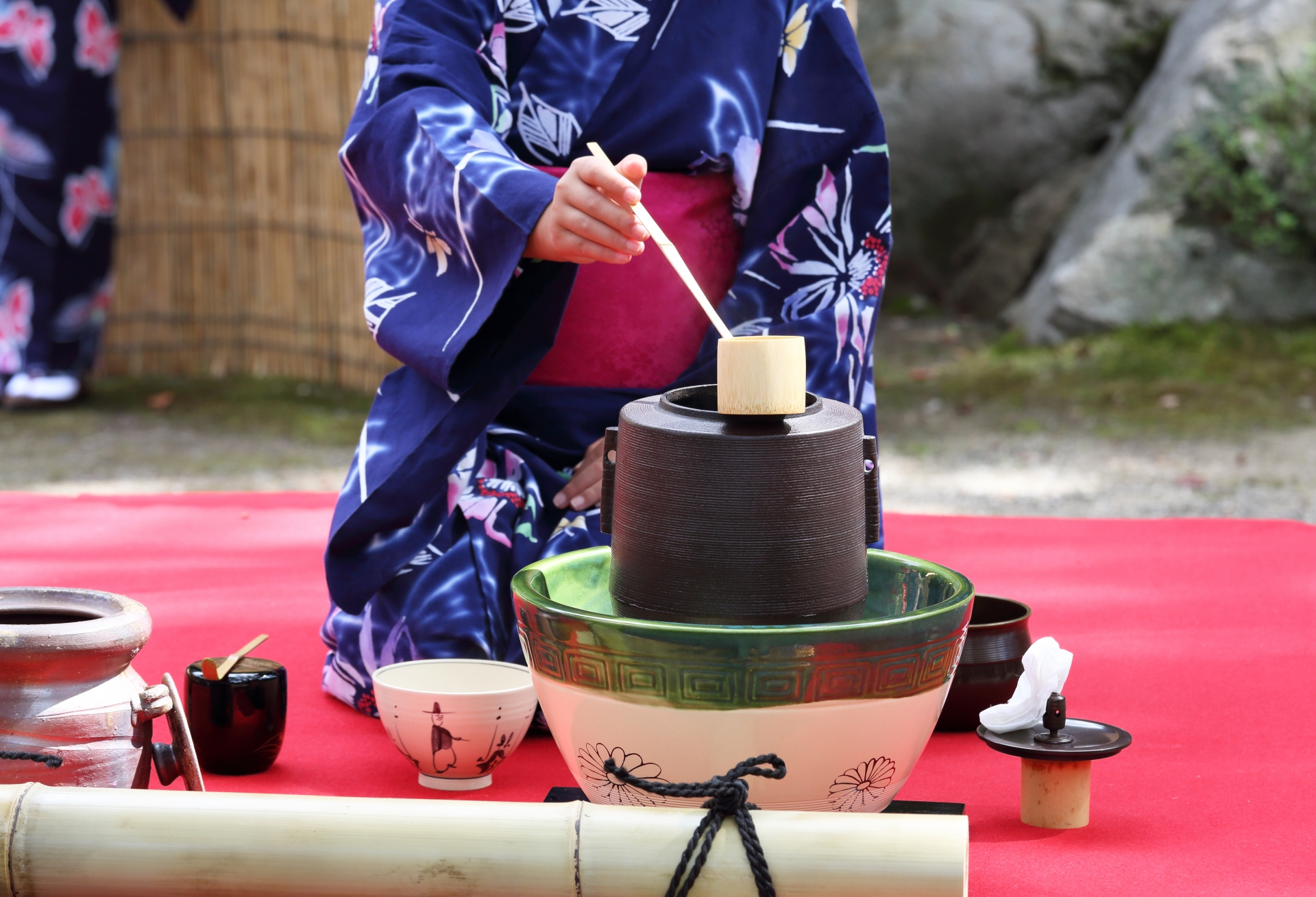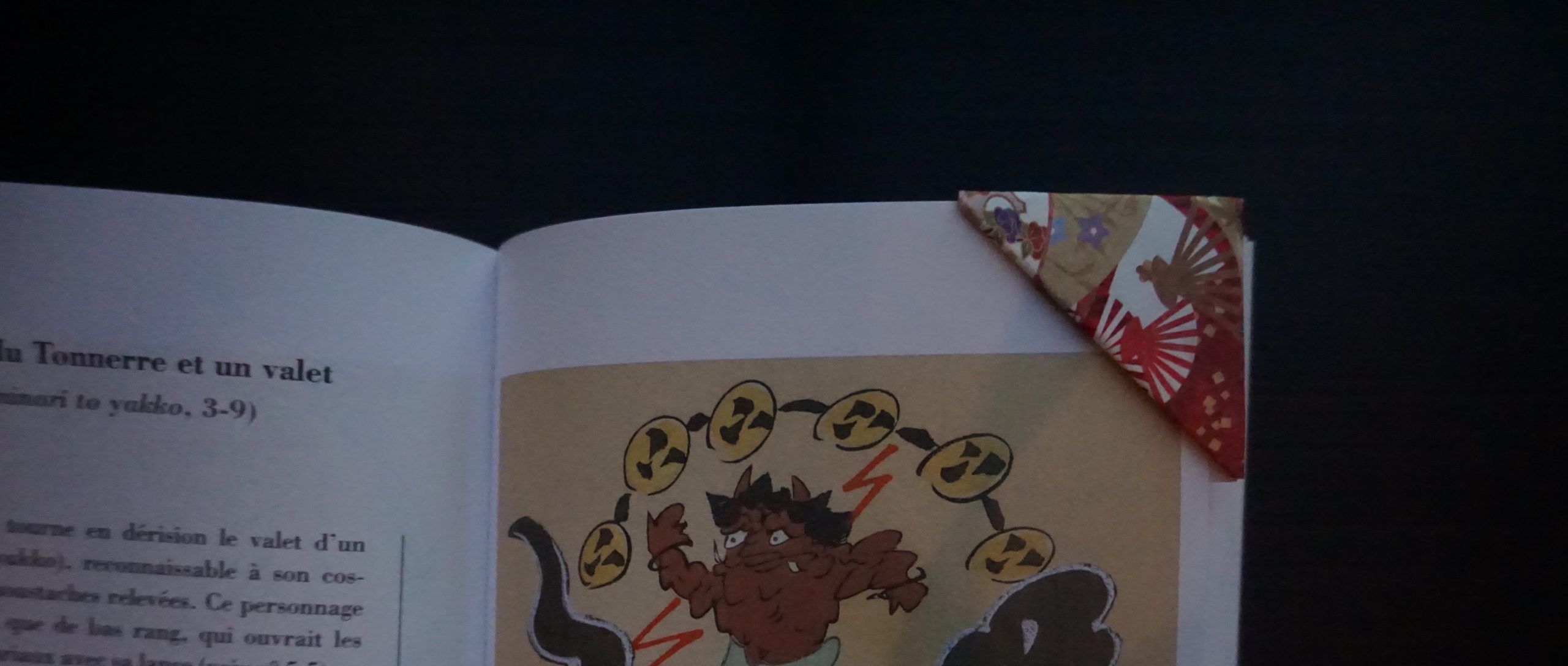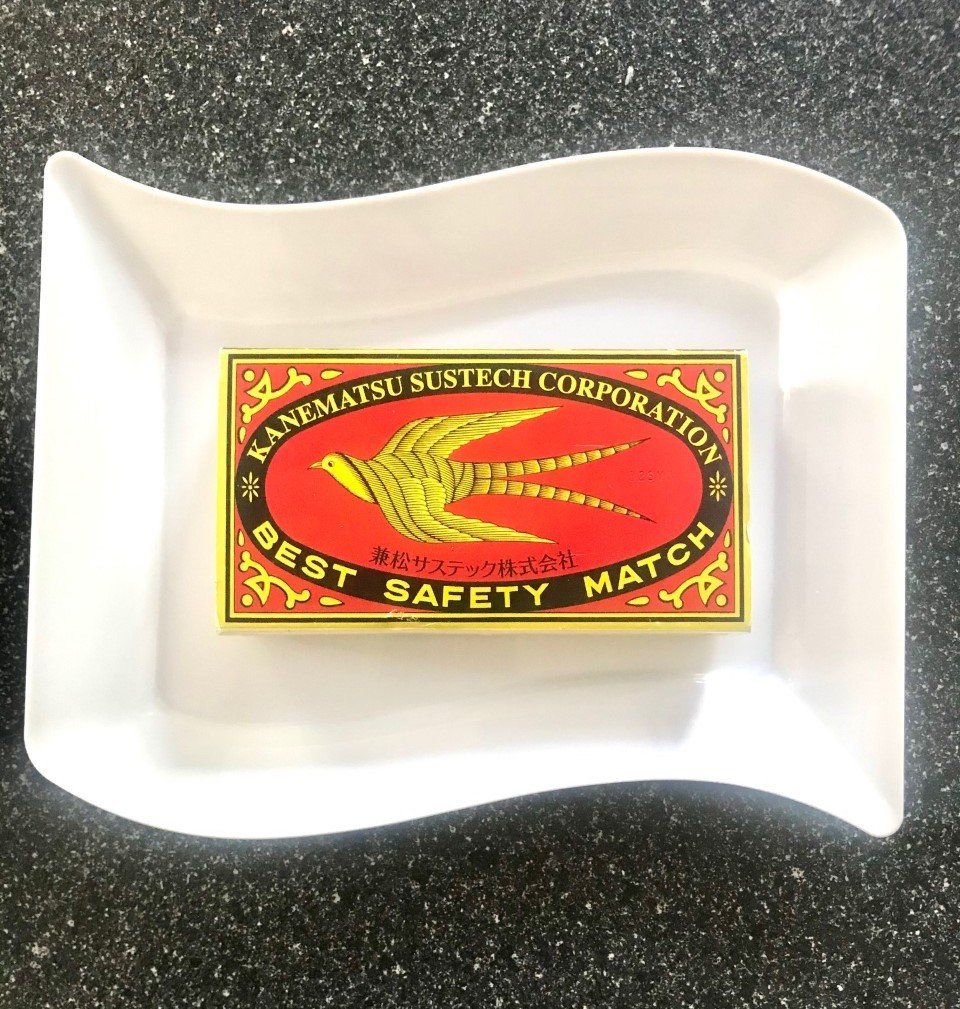[print-me]
和文は英文の後に続きます。/ The Japanese translation with furigana is at the bottom of this page.
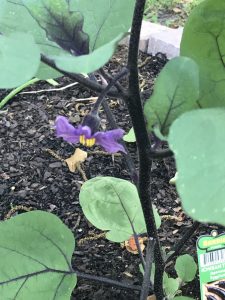
これは、「イチバン」という日本の品種の茄子です
“Parents’ Teachings and Eggplant Flowers Never Fail to be Valuable”
Contents
- A proverb on eggplant flowers
- What’s the sentence structure of this proverb?
- The vocabulary in this proverb (“oya,” “sen ni hitotsu mo” and “ada”)
********************************************
1. A proverb on eggplant flowers
Our first eggplant plants each have a flower! One is a Japanese variety and the other of the US.
Eggplant flowers always remind us of a proverb. It is this:
Oya no oshie to nasubi no hana wa, sen ni hitotsu mo ada ga nai.
(Meaning: Parents’ teachings and eggplant flowers never fail to be valuable.)
2. What’s the sentence structure of this proverb?
The sentence structure of this saying is:
A wa X ga Y.
As for the grammar of this structure, please read: => An Approach to the “A wa X ga Y” Sentence Pattern”.
3. The vocabulary in this proverb
(1) Oya (parent)
First, “oya” means a parent or parents, and “nasubi” or “nasu” mean “eggplant(s)”.
(By the way, an eggplant is a symbol of good luck and something desirable to dream of in your first dream of the New Year. For the reasons and interesting details, please read: => The First Dream of the Year or Hatsuyume)
(2) Sen ni hitotsu mo (not even one in a thousand)
Second, “sen ni hitotsu mo…nai (“nai” is the typical negative ending of a sentence)” literally means “not even one in a thousand”, therefore “never”.
(3) Ada (enemy)
Then comes the key word “ada”; it has two meanings.
One is “someone or something who harms/harmed you.”
For example, in feudal days, some warrior (samurai) class people would set out on a long journey to find and pay vengeance to the killer of his or her parent or lord. That was called “ada-uchi” (ada-killing).
Therefore, in this proverb, it is used in a sense that the teachings of your loving parents never do harm but are always good for you.
The other meaning is about the plant.
“Ada” is a shortened word for “ada-bana (un-fruiting flowers)”, and means “wasteful” flowers which do not bear fruit later. Therefore, “ada ga nai” refers to the fact that all eggplant flowers become fruit later, and are extremely productive.
Figuratively, “ada-bana” also means flowers blooming beautifully but out of season, and in a more romantic context, a loving relationship of a young couple which ends in a tragedy.
Related Posts
- An approach to the “A wa X ga Y” Sentence Structure / 「AはYがX」の文型のとらえ方試論
- The First Dream of the Year / 初夢
[The end of the English post]
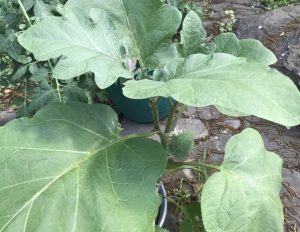
米茄子の葉は大きい!白い小さな花が見えますか?
「親の教えとナスビの花は千にひとつも仇がない」
目次
- ナスの花のことわざ
- このことわざの文型は?
- 言葉の意味 (「おや」「せんにひとつも」「あだ」)
*****************************************
1. ナスの花のことわざ
種から育てたナスが、両方とも花をつけました!ひとつは日本の品種、もうひとつは米国のです。
ナスの花でいつも思い出すことわざがあります。
「親の教えとナスビの花は、千にひとつも仇がない」
というのです。
2. このことわざの文型は?
このことわざの文型は、
A は X が Y。
です。
この文法は、=> 「AはXがY」の文型のとらえかた試論でご説明します。
3. 言葉の意味
(1) おや
まず、「親」は父親か母親、または両親のこと、「ナスビ」は「ナス」と同じです。
(ところで、ナスは幸運のしるしで、初夢に見ると良いものでもあります。その理由については、「初夢」をご参照ください)
(2) 千にひとつも
次に、「千にひとつも……ない(否定の文末)」は、「決して……ない」ということです。
(3) あだ
それから、キーワードとなる「仇」には、二つの意味があります。
ひとつは、「こちらに害をなす人やもの」。
例えば、封建時代に、親や主君を殺された武士階級の人(女も含め)が復讐のために長い旅に出ることがありました。これを「仇討ち(あだを殺すこと)」といいます。
したがって、このことわざでは、あなたを可愛がっているお父さんやお母さんの教えてくれることは必ずあなたのためになる、という意味で使われています。
もうひとつの意味は、植物に関するものです。
「仇花(実を結ばない花)」が本来の言葉で、「仇」は短い言い方。あとで実にならない「むだな」花のことです。 つまり、「仇がない」は、ナスの花はひとつ残らずナスの実になってくれて、ひじょうに生産性が高いということを述べているのです。
なお、「仇花」は比喩的に、美しく咲いたけれど季節外れの花を指したり、また、もっとロマンチックな文脈で、愛し合う若い二人が結ばれず悲劇に終わる、そういう関係を指すこともあります。
関連リンク
- 英文部末尾をご覧ください。
[和文部終わり]
=>Return to 2019 Posts / 2019年投稿記事へ戻る
=>Return to Home/「ホーム」へ戻る

